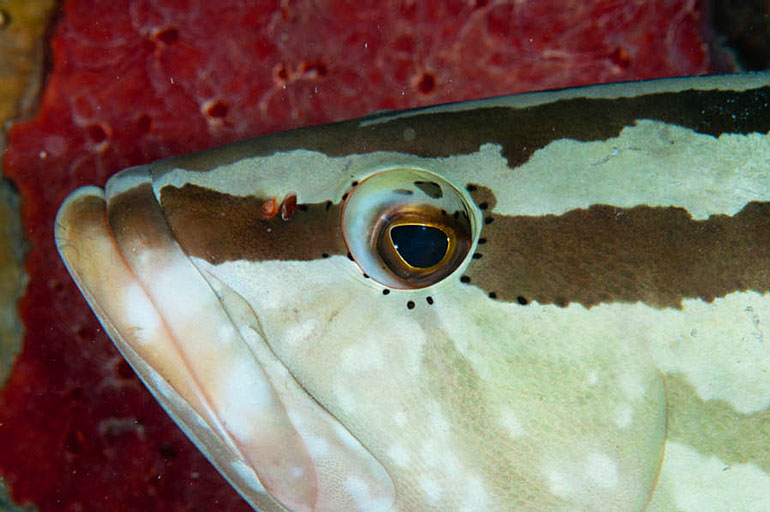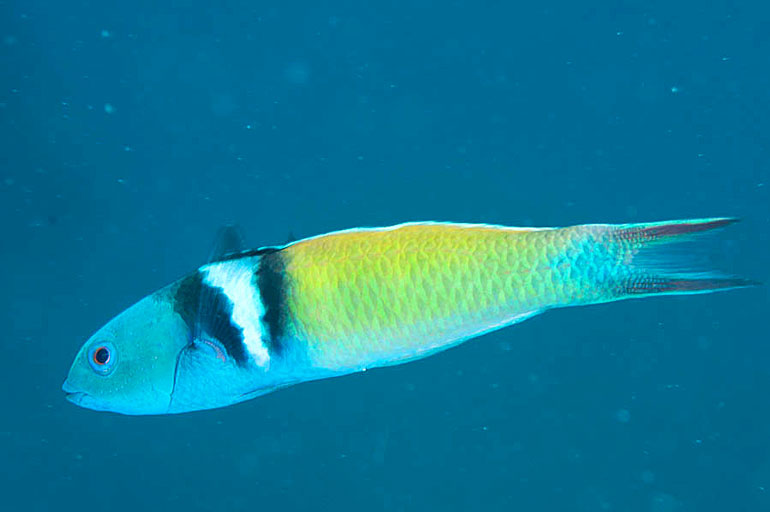Wild Life. The Strange Sex Lives of Fish

Though they may not seem sexy to us, when it comes to reproduction, fish are quite fascinating. In some cases a male and female will spawn together, and butterfly fish even travel in pairs. For many other fish, however, things are more complicated.
Nassau groupers travel to specific locations in December and January to spawn in large groups with other groupers. These mass spawning events typically happen around the full moon. Spawning in large groups probably has several advantages: increased genetic exchange keeps populations more diverse, and the large number of eggs released at one time may help ensure that some eggs survive. On the other hand, once humans became aware of this phenomenon, they targeted these spawning aggregations for fishing, which is one of the reasons why the population of the Nassau grouper and other mass spawning groupers have declined so dramatically.
Hamlets are small fish from the sea bass family. There are numerous species in the Caribbean and many color variations in the region. These fish are simultaneous hermaphrodites, so they have both male and female sexual organs and produce both eggs and sperm. Because eggs require more energy to produce, there is an incentive to “cheat” and release only sperm. To ensure an equitable exchange, these fish mate multiple times, alternating between acting as female and male.
The love life bluehead wrasse is more complicated still. They may be born either male or female, and look the same in their initial stage of development, being primarily yellow in color. There is also a terminal phase male, which is larger and has a blue head. Terminal phase males will defend a territory on the reef and mate with the females in this territory, often over twenty times per day. However, the initial phase males in the community will also mate with the females when the primary male is not looking. Initial phase males may also congregate in groups, hoping that the promise of lots of sperm will attract females to come and release their eggs. Still, it isn’t easy to attract a female if you aren’t the terminal male.
When the terminal male in one territory dies, it is replaced, usually by the largest female in the territory. When a female bluehead wrasse changes sex to become a terminal male, the process happens quite quickly. Within hours of assuming the dominant role in the community, the behavior of the fish becomes more aggressive, and the fish completes its sex change in about a week.
All three of these species can be seen on the underwater snorkeling trail at Pinel Island. A great opportunity to see them and discover other undersea life is at SnokelFest, a free, public event on Pinel Island on Saturday, January 25th from 11am-3pm.
For more information about SnorkelFest and to join the event,






